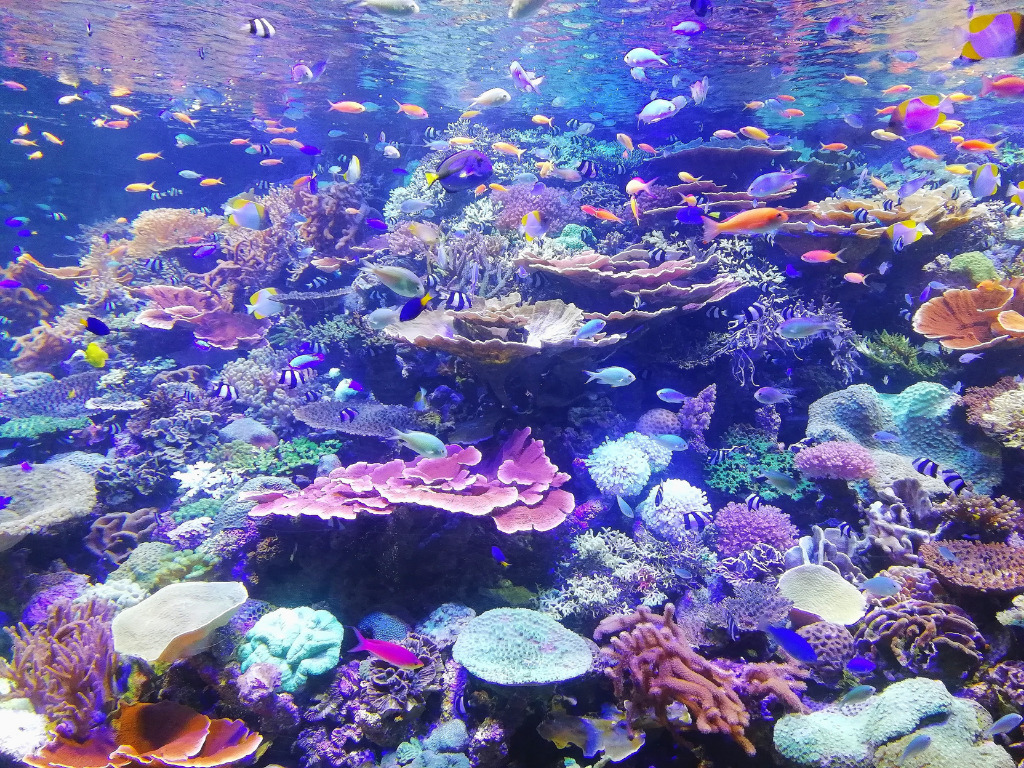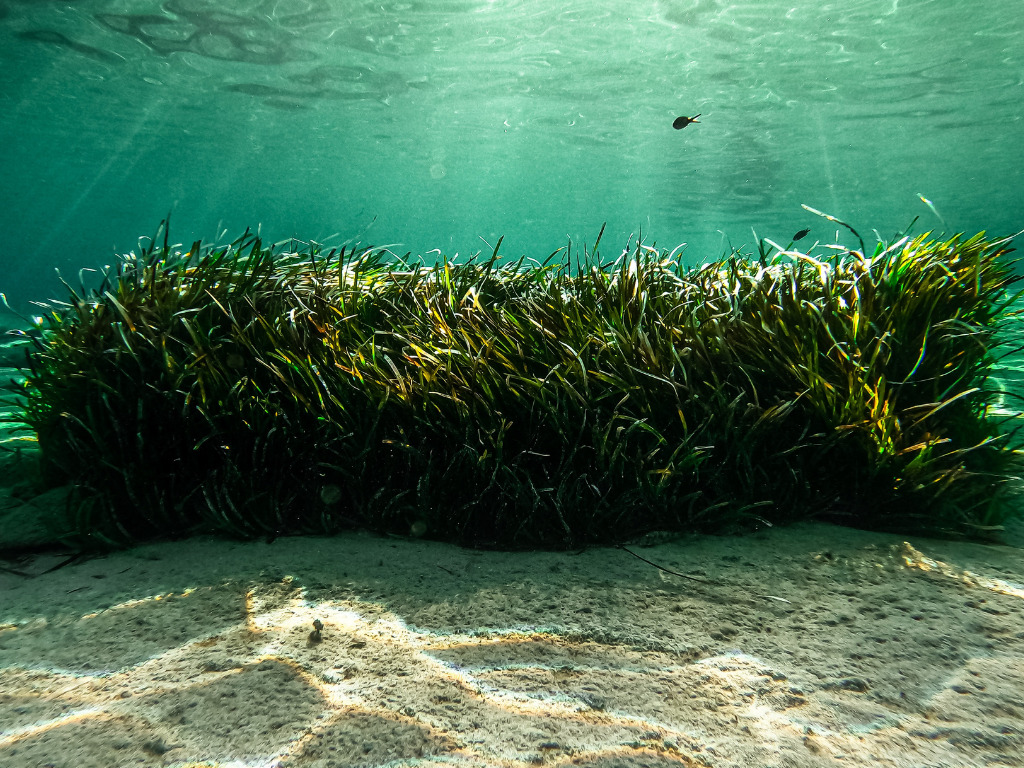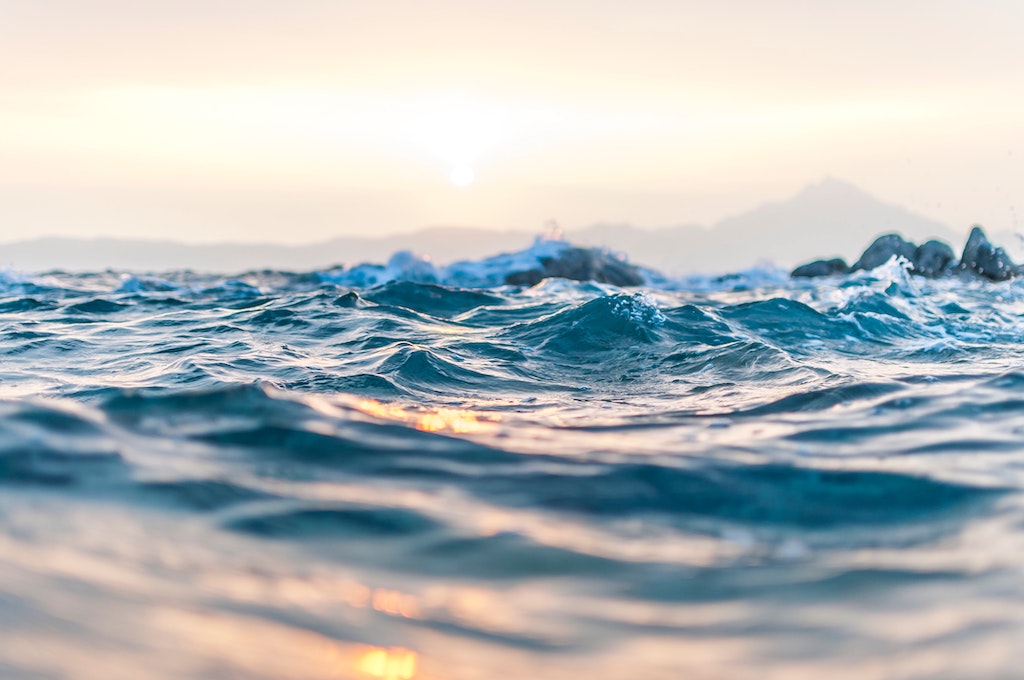6 Mins Read
In the fight against climate change and to support economic growth, the blue economy is perhaps the most important contender. But what is it, exactly?
As climate change is already taking its toll across the planet, coastal communities are some of the most at risk for extreme weather events and the impact of rising and warming oceans. About 40 percent of the global population lives within 100 kilometers of a coastline. But the whole world depends on our oceans remaining healthy and sustainable.
What is the Blue Economy?
According to the World Bank, the blue economy is the sustainable use of ocean resources for economic growth, as well as improved livelihoods while preserving the health of the ocean ecosystem.
The European Commission says a blue economy is defined as “all economic activities related to oceans, seas, and coasts. It covers a wide range of interlinked established and emerging sectors.” This definition typically encompasses three key factors: contribution to oceans and economies, environmental and ecological sustainability of the oceans, and leveraging the ocean economies to support growth in both developed and developing countries.
“When we say ‘blue economy,’ we’re talking about managing the ocean in a way that it’s healthy and continues to benefit people,” says Keith Lawrence, lead economist of Conservation International’s Center for Oceans.

“We used to think of the ocean as this expansive, unknowable, infinite resource that we could never fully exploit, and that we didn’t really need to manage because it’s so massive and it’s out there on its own.”
That’s all changing as nations begin to look at ways to protect the oceans while supporting communities that depend on them, which is to say all communities, even those not located near coastlines. That’s due in large part to the role oceans play in transport, carbon storage, and food.
Why do we need the Blue Economy?
The damage to our oceans has become apparent in recent years as plastic garbage patches can now be found across the world’s oceans. The largest—the Great Pacific Garbage Patch—is twice the size of Texas, according to recent measurements.
Plastic pollution threatens marine life and ecosystems. It also threatens the food system and the oceans’ ability to sequester carbon. Oceans currently sequester about seven to eight gigatons of Co2 per year—nearly as much as the world’s forest. But increasing acidification of the oceans makes it less efficient at carbon sequestration.
Overfishing is only adding to the problem. For decades, fish have been pulled from the oceans. Commercial fishing has put that number now in the trillions every year. For comparison, approximately 55 billion animals are raised on land for food—that’s already nearly eight times the global human population. Best estimates on fishing suggest two to three trillion fish are pulled from the oceans every year. While criticized for a number of misstated facts, the 2021 film Seaspiracy details with clarity the number of problems with the fishing industry, including its impact on the oceans as well as human rights violations, among other issues.

Communities heavily dependent on seafood are finding it more difficult to source fish, and the imbalance in the food system has also opened up waterways to invasive species. This puts increasing pressure on the natural ecosystems and brings new stresses to local food systems.
There are also trade-offs in value positioning and perceptions, Lawrence says.
“When we make a decision to allow deep-sea mining to happen in a place, and we make a decision somewhere else to protect a place, say for its beautiful coral reefs, we’re implicitly making those decisions that one thing is more valuable than the other,” Lawrence says. “And economics gives you a way to quantify that and to make more informed and rational decisions.”
Value also goes for the things we don’t see such as phytoplankton producing oxygen or sequestering carbon. Some estimates suggest the value of carbon captured at the bottom of the ocean is close to $30 trillion. A single whale’s role in carbon sequestration can make it worth millions of dollars over the course of its life. “We have to agree whales are an international public good,” Ralph Chami, an assistant director of the IMF’s Institute for Capacity Development, told National Geographic in 2019.
Chami and his colleagues estimated a great whale’s worth just in carbon capture is about $2 million per whale. That puts their total population value at more than $1 trillion.
But for most people, particularly cultures that still have spiritual connections to animals, the whale’s life is beyond a price tag.

The oceans are, like naturalist John Muir pointed out, intricately connected. “When we try to pick out anything by itself, we find it hitched to everything else in the Universe,” he famously said.
“Nature’s services are valuable — whether we put a monetary value on them or not,” Mahbubul Alam, research economist for Conservation International said.
“However, giving nature’s services a monetary value is a powerful way to communicate their functional worth, for example, the contribution of whale watching to a local economy. This is not to say that ‘$X’ is the value of the whale itself, but rather that whales contribute to the economy by ‘$X’ amount, thus providing an economic reason to conserve the whales.”
Promoting a Blue Economy
Last year, the National Oceanic and Atmospheric Administration (NOAA) released its Blue Economy Strategic Plan detailing how the U.S. can advance its blue economy and help enhance it on a global level.
According to NOAA, coastal economies support 2.3 million jobs and add more than $370 billion the GDP through a range of activities including tourism and recreation, shipping and transport, power generation, food, and related goods and services.

But that’s just the U.S. The World Bank’s global ocean economy portfolio exceeded $9 billion, and includes projects covering sustainable fisheries and aquaculture, integrated coastal and marine ecosystem management, circular economy and improved solid waste management of marine plastics, sustainable coastal tourism, maritime transport, and more.
“The ocean is one of the big economic frontiers right now,” says Lawrence. “Almost all of global trade is moved by shipping. You’ve got offshore oil and gas, and deep-sea mining. As we innovate technologies, we are able to go to — and exploit — places that we weren’t able to go before. There’s enormous potential for the ocean to provide major solutions to help feed the planet and to provide clean energy and jobs.
“But if we do this thoughtlessly, we risk damaging the Earth’s largest life-support system – a system that provides for people, for animals, for ecosystems.”



